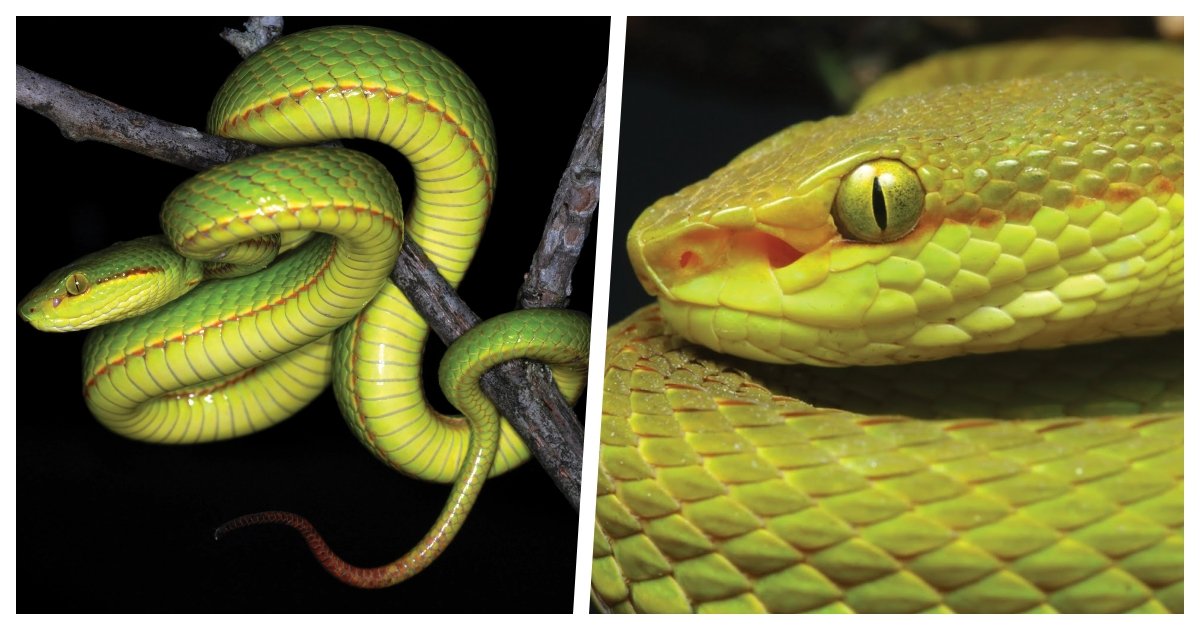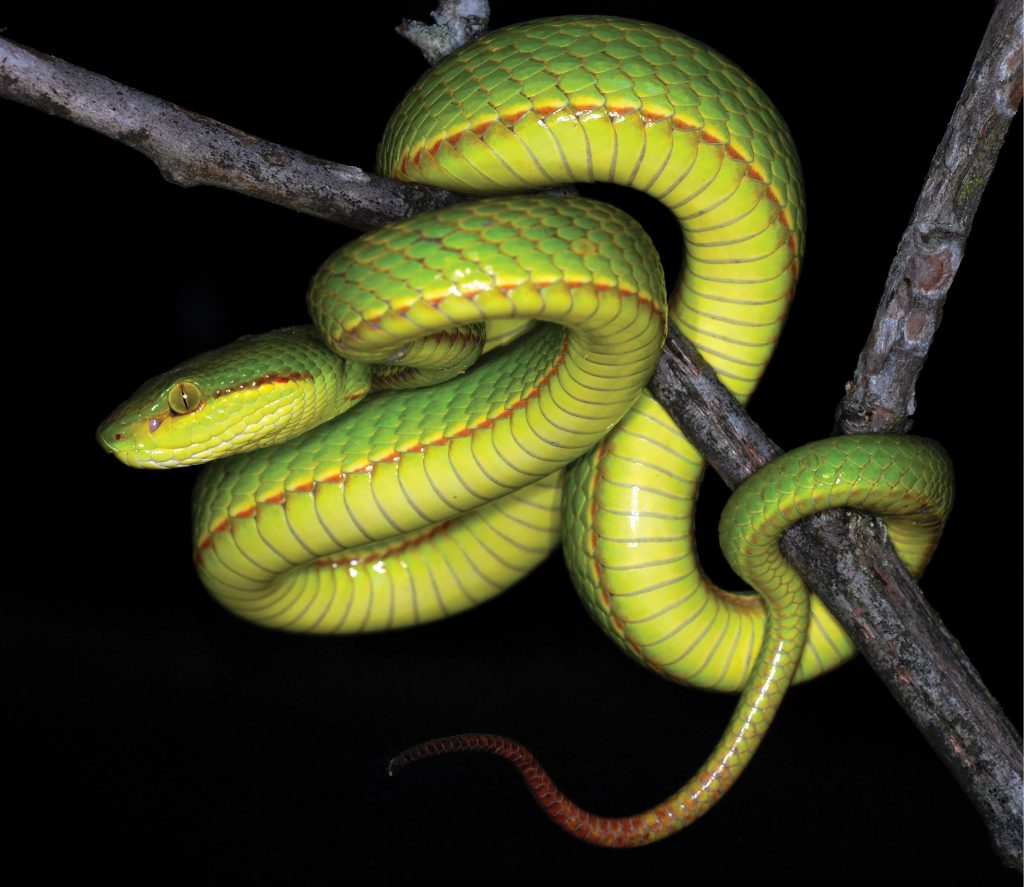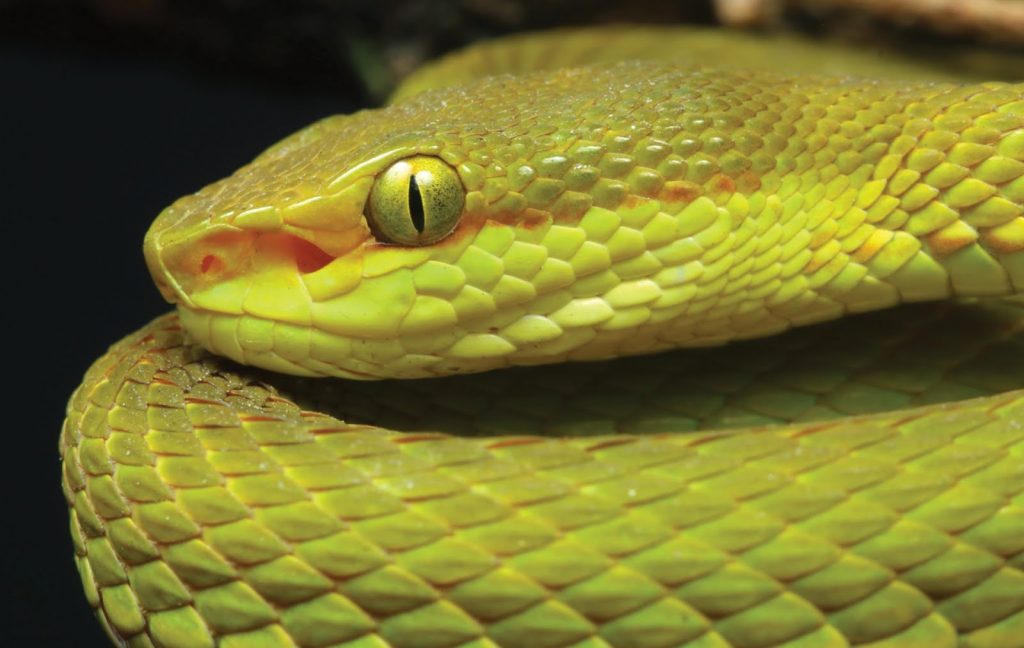The rule of nomenclature after discovering a new species is that the researchers get to decide both the academic and common name for the said species. Species are typically named after their habitats or noteworthy physical features that makes them stand out.
A team of Indian researchers decided to have more liberty upon finding a new green pit viper. They have suggested the name Trimeresurus Salazar or Salazar’s pit viper. The name is a literary nod to Salazar Slytherin from the Harry Potter series.
Within the world of the Harry Potter series, Salazar Slytherin was one of the cofounders of Hogwarts School of Witchcraft and Wizardry. The eponymous house Slytherin was named to honor him. Like how lions represent House Gryffindor, snakes are the symbol of house Slytherin.
That is because Salazar Slytherin was the most renowned Parseltongue speaker in the fictional world. This ability meant that he could communicate directly with serpents, an extremely rare and powerful skill that only the most potent wizards possess.
Researchers discovered the new viper during their expedition to the Arunachal Pradesh in India. As the state located in the northeast corner of India, Arunachal Pradesh is part of the vibrant Himalayan ecosystem.
Salazar’s pit viper can be differentiated from their biological cousins by their stripes. A characteristic reddish stripe can be seen on the sides with males, a trait that is unique to this species.
Like all other snakes in the same genus, Salazar’s pit viper is known to be venomous. This genus of snakes are found all throughout South and Southeast Asia. This viper is the 48th individual species of this genus to be identified.
The discovery of this novel species was published last week on the journal Zoosystematics and Evolution. Lead researcher Zeeshan A. Mirza is from the National Center for Biological Science of Bangalore, India.
Mirza has stated that followup studies of the region are required to truly understand the scope of biodiversity in this region. She worries that human activities such as road construction and agriculture are posing great threats to the wildlife in this once pristine region.
What are your thoughts on this story? Share with us your thoughts in the comments and be sure to follow us on Facebook for more articles like this one!
Replaced!







